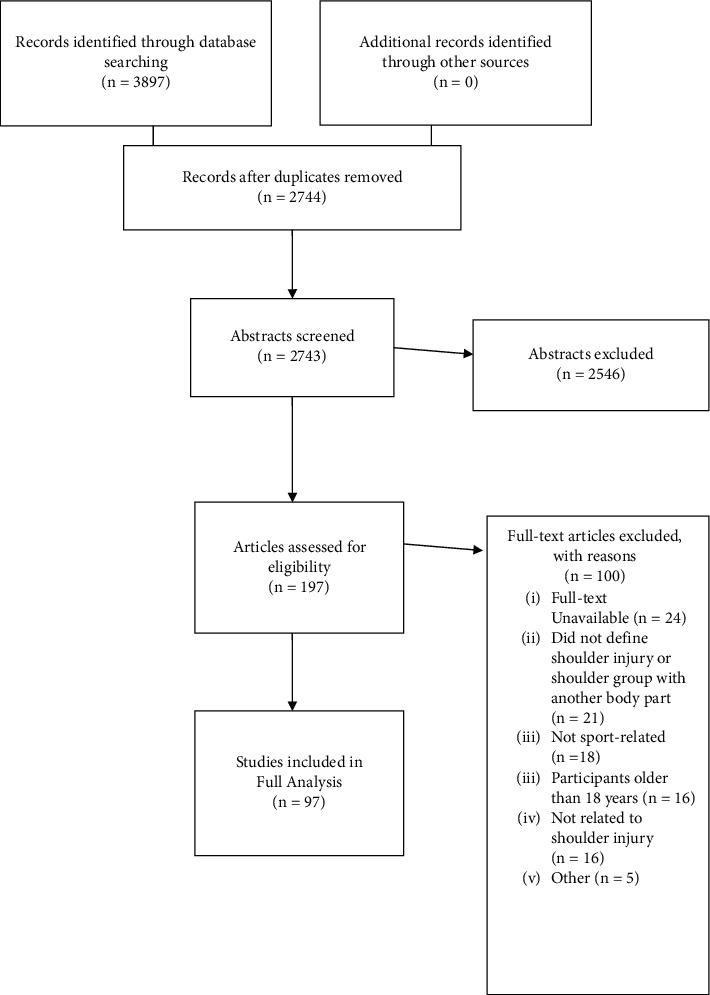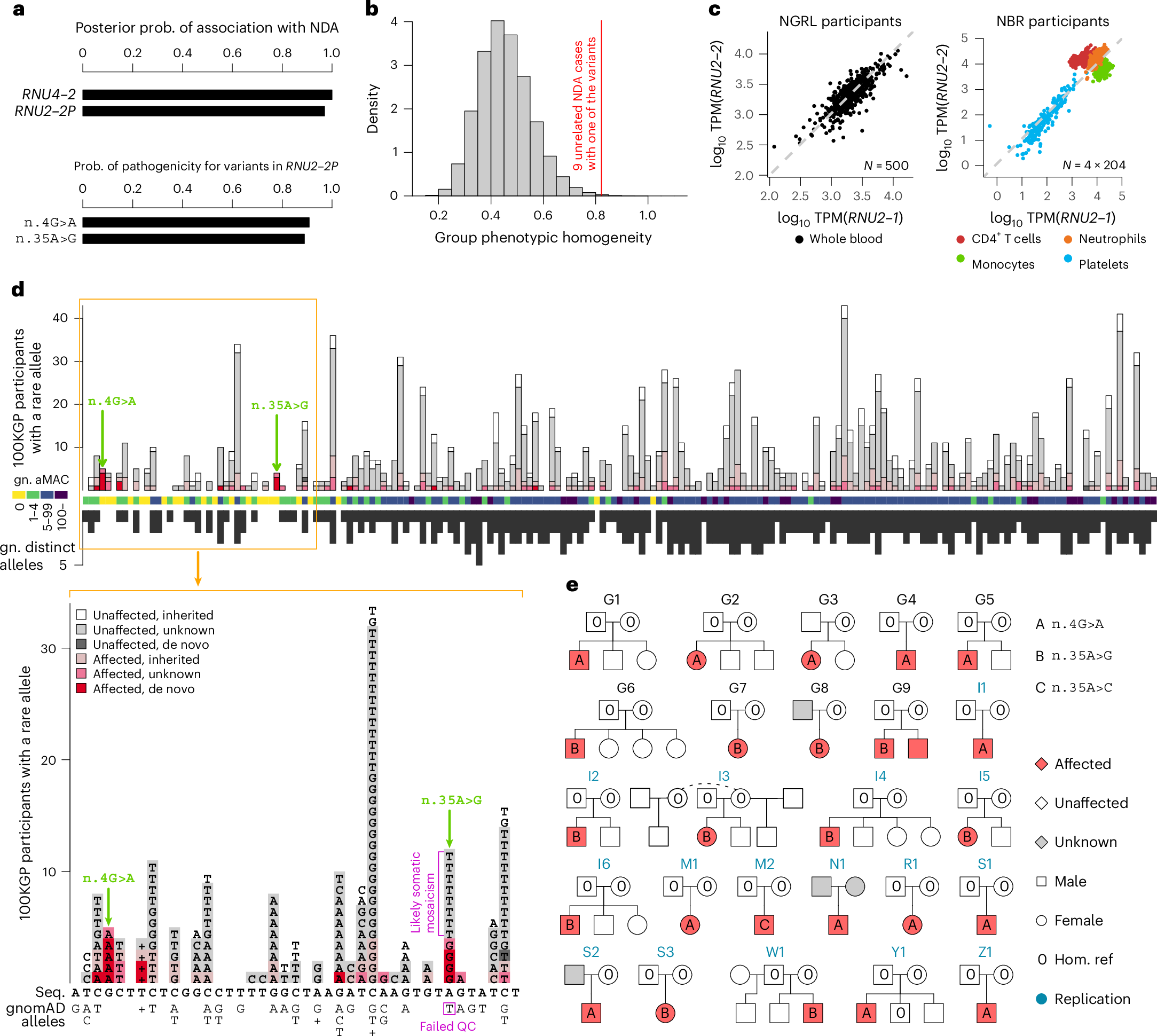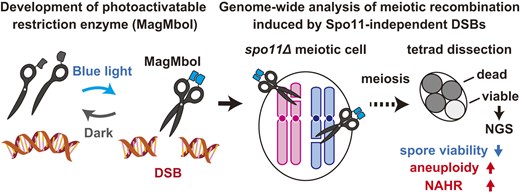2025-04-10 タフツ大学

<関連情報>
- https://now.tufts.edu/2025/04/10/shouldering-burden-how-treat-shoulder-pain
- https://www.tandfonline.com/doi/full/10.1080/10669817.2025.2470461
- https://ijspt.scholasticahq.com/article/129462-risk-factors-associated-with-new-onset-of-shoulder-pain-and-injury-among-the-athletic-population-a-systematic-review-of-the-literature
- https://pmc.ncbi.nlm.nih.gov/articles/PMC11022765/
五十肩の病因、危険因子、診断、管理に関する国際的コンセンサス:デルファイ調査 An international consensus on the etiology, risk factors, diagnosis and Management for individuals with Frozen Shoulder: a Delphi study
Paul Salamh,Brent Stoner,Nathaniel Ruley,Huiling Zhu,Marcus Bateman,Rachel Chester
Journal of Manual & Manipulative Therapy Published:05 Mar 2025
DOI:https://doi.org/10.1080/10669817.2025.2470461
ABSTRACT
Introduction
There has been an emergence of evidence in the area of frozen shoulder (FS) within the past decade related to risk factors, etiology, diagnosis, and management. It has become increasingly challenging for clinicians and researchers to stay up to date in these areas, particularly with the clinical practice guidelines that are available being few and outdated. To this end, the aim of this study was to produce an international consensus on the risk factors, etiology, diagnosis and management for individuals with FS.
Methods
During phase one a steering committee was formed in order to identify experts in the area of FS, examine the current evidence related to FS and identify key areas lacking consensus. Phase two consisted of inviting experts to participate in a three-round survey with a priori consensus level set at 80%. Descriptive statistics were utilized to determine the characteristics of the expert panel, response rate, and level of consensus.
Results
A total of 14 international experts responded to all three rounds of the Delphi survey with 100% response rate following round one. Consensus was reached for 101 items (57 in the first round, 37 in the second round and 7 in the third and final round). Specific to key topic areas, the following number of items reached consensus; etiology 9 items (diabetes mellitus, trauma, shoulder arthroscopy, thyroid disease, prolonged immobilization, adrenocorticotropic hormone deficiency, metabolic synderome, connective tissue disorders, and hyperlipidemia), risk factors 40 items (including biophysical factors for developing FS and biophysical and psychosocial factors influencing the Management and course of outcomes related to FS), diagnosis 19 items (4 confounding the diagnosis and 15 signs and symptoms associated with FS), Management 33 items overall and categorized into effectiveness for early and later stages of FS).
Conclusion
The results of this international Delphi study help to provide a consensus on key elements to consider in clinical practice related to etiology, risk factors, diagnosis, and management for those with FS.
競技人口における肩の痛みと傷害の新規発症に関連する危険因子: 文献の系統的レビュー Risk Factors Associated with New Onset of Shoulder Pain and Injury Among the Athletic Population: A Systematic Review of the Literature
Paul Salamh, Garrett Bullock, Rachel Chester, Helena Daniell, Chad Cook, Matthew DeLang, Hannah-Rose Tucker, Douglas Walker, Jeremy Lewis Published:March 01, 2025
DOI:https://doi.org/10.26603/001c.129462

Abstract
Introduction
There is a high incidence of shoulder injuries among overhead athletes. Identifying and understanding risk factors for these injuries, particularly those that can be modified, is a necessary step towards being able to effectively develop and implement shoulder specific injury prevention programs. Therefore, the purpose of this systematic review was to identify risk factors associated with a new onset of shoulder pain and injury among the athletic population.
Design
Systematic Review.
Methods
A systematic review of the literature was performed within PubMed, Embase, AMED, CINAHL, and EmCare databases. Studies were screened utilizing the following inclusion criteria; (a) athletes currently pain free or no history of pain at baseline, (b) athletes with shoulder and or arm pain originating from a musculoskeletal shoulder problem (c) risk factors captured prospectively (d) pathoanatomy and biomechanics in isolation or in addition to personal characteristics, etc. (e) reporting relative risk, odds ratios, and/or hazard ratios and (f) follow up ≥ 6 months. Due to data heterogeneity, only a descriptive data synthesis was performed. Data were extracted and underwent risk of bias assessment utilizing the Quality in Prognosis Studies (QUIPS) tool. PRISMA guidelines were utilized throughout.
Results
Nineteen papers were included. A total of four studies investigated baseball, five handball, three swimming, two tennis, two military, one cricket, one American football, and one with multiple sports, totaling 7,802 athletes. The risk of bias among the included studies was rated from moderate to low overall with no single study being identified as high risk of bias. All studies designs were a level of evidence of II except for two studies that were level III. The most significant risk factors included range of motion, reduced strength, history of local/regional musculoskeletal pain, previous injury, and training load. There are inconsistencies in how injury and pain are defined within studies.
Conclusion
Many risk factors are easily objectifiable and modifiable which may help in developing shoulder injury mitigation strategies. Three of the five significant risk factors for injury can be identified by objective pre-screening measures. While previous pain and injury cannot be mitigated, training loads should be closely monitored and adapted according to other risk factors and the athlete’s response.
Level of Evidence
2
青少年のスポーツ関連肩関節損傷の疫学: 系統的レビュー The Epidemiology of Youth Sport-Related Shoulder Injuries: A Systematic Review
Eric S Gibson, Alexis Cairo, Anu M Räisänen, Colleen Kuntze, Carolyn A Emery, Kati Pasanen
Translational Sports Medicine Published:2022 Aug 23
DOI:https://doi.org/10.1155/2022/8791398

Abstract
Background
Youth around the globe place their shoulders at risk for injury when participating in sports. Shoulder injuries may vary in severity, produce the potential for time-loss from sport, and result in functional disability. We sought to explore sport-related shoulder injuries in youth by identifying injury rates, risk factors, injury mechanisms, and injury prevention strategies.
Methods
All relevant full-text articles were identified by searching MEDLINE, EMBASE, CINAHL, Sport Discus, and the Cochrane Controlled Trials Registry. No date restrictions were used. All full-text studies reporting original research describing sport-related shoulder injury among female and/or male youth from 5 to 18 years old were included.
Results
Of 3,889 studies screened, 97 described shoulder injury in youth sports. Shoulder injuries were identified in 24 unique sports. The median seasonal prevalence of shoulder injury was 10.9% (range 1.2–28.2%). The most common injury mechanisms identified were contacted with another player, contact with the playing environment, and falling to the ground. Risk factors for shoulder injury identified were side-to-side strength imbalances, weak external rotator muscles, and scapular dyskinesia. One study evaluated a successful training strategy to prevent shoulder injuries, but two other interventions demonstrated no effect.
Conclusions
Sport-related shoulder injuries are prevalent among youth athletes. Injury risk factors identified included modifiable intrinsic factors such as strength, range of motion, and training load. The most common injury mechanism was direct contact with either another person or an object in the playing environment. Innovative shoulder-specific strategies are needed to reduce shoulder injuries in this population. Trial Registration: PROSPERO ID: CRD42020189142.


